Film reviews
Back to...“Thus spoke the wind”... and it said nothing
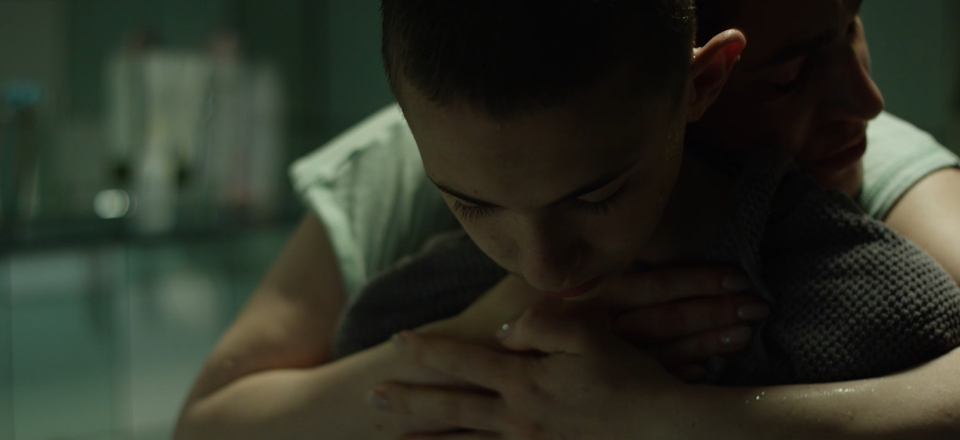
[INT.] A Driving Car - Night
A car carrying a woman and a young boy moves slowly down a dark road. Their backs are to the camera, so their faces remain unseen. When they notice a person at the bus stop, the car stops. The woman steps out and greets a red-haired girl waiting there for them. They walk back to the car; their faces barely visible, and the dialogue, although clear, does not give much insight into the relationship between the characters. Once inside, the conversation about the boy continues as if he were not there. The car starts again, and they drive back to the village.
This quiet scene sets up the first turning point of the film “Thus Spoke the Wind” by an Armenian-based director Maria Rigel, which had its premiere at the 2025 Karlovy Vary International Film Festival. Told in the mystical tone, the plot, just as the full-faces of the characters, remain hidden from the viewers, as if unwilling to fully let them into the village and reveal its secrets.
Narine (Lusine Avanesyan) is a woman who is an unwavering boss of her own baking company and, with almost a motherly tenderness, takes care of her nephew Hayk (Albert Babajanyan). However, he, unlike his aunt, does not possess the power to stand up for himself, getting bullied and laughed at by the local teenagers. One day, the red-haired young girl Anahit (Ani Abrahamyan) returns to the village, arousing more indignation than curiosity among the villagers. It is revealed that she is Hayk's mother and Narine’s sister, yet her sudden presence amongst the family is not welcomed as warmly as she might expect.
With her film, Rigel captured the spirit of modern Armenian aesthetics, while incorporating elements of the family drama and crime genre tropes. What is surprising, however, is her minimalist approach. The dialogue, which is very restrained, does not divulge much. In fact, it makes the viewers think for themselves and search for the elements that may guide them into the revelation. Through sound and visuals, Rigel avoids presenting the actual conversations, but she actually hides her characters. Thus viewers, like those voyeurs, eavesdrop on what is happening from behind walls and floorboards, imagining what is happening. Therefore it is never really shown what such conversation led to; and the question of whether the fight or theft actually occurred is left unanswered.
Two standout elements that must be mentioned are the cinematography by Ayrat Yamilov and Steve Brand’s sound design - both of which meticulously fit into the scheme of secretive, unrevealed climate of the story. The characters are most often shown from behind, or in profile, while they silently contemplate the world around them. When from time to time, the character turns towards the camera, Yamilov smartly tilts the camera down or pans it onto the extras who are not playing an important part in the plot - therefore their faces, just like passersby on the streets, are shown but do not matter.
Furthermore, sound enhances the atmosphere, adding the background noise to what otherwise would become the uncomfortable silence in the clash of the social pressure. The wind that is an omnipresent escort for the lonely characters is sometimes accompanied by the sound of the duduk - Armenia’s national instrument, similar to a flute. Yet, it’s the titular wind that plays the most important part, as it’s heard almost every time when something incomprehensible to the viewer is happening. As if it were the one telling the story, which characters do not want to share. Still, the wind remains just wind and in the end, cannot say much, leaving viewers in the semi-darkness - on the verge of knowing something and nothing at the same time.
Maria Rigel’s second feature film “Thus Spoke the Wind” is a poetic meditation, whose story unravels itself slowly with the blowing wind, but eventually stays hidden from the viewers till the very end. The smart camera movements, the simplicity in acting of the unprofessional actors, and ethnic music magnify the feeling of oddity. Limiting the dialogues, she lets the wind lead the story. It was not really good as an intro to the Armenian, but perhaps… it did not have to be.
by Magdalena Nieświec
Back to...-
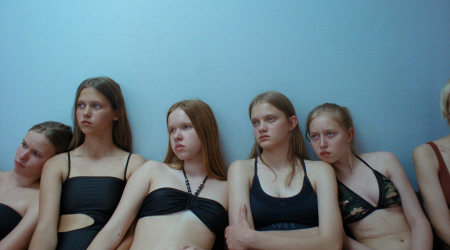
Tapeworm pills, illegal tongue piercings and a sketchy modeling school. Toxic portrays girlhood in an unflinching way.
-
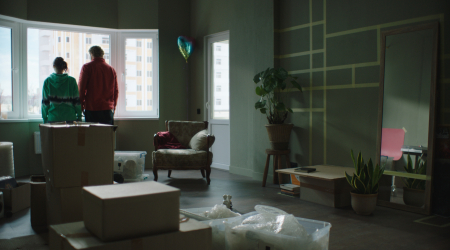
Медовий місяць (“Honeymoon”) / “You support the human right to be alive”
-
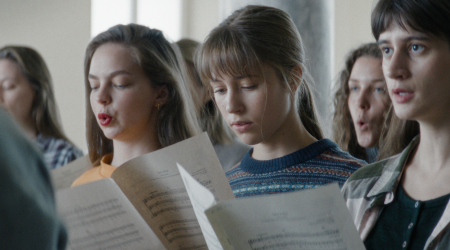
Review of LITTLE TROUBLE GIRLS
-
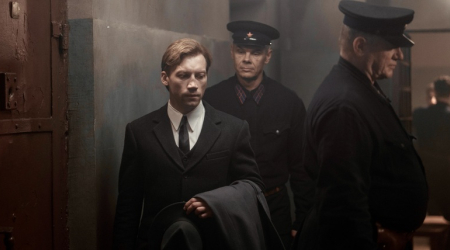
Two Prosecutors – Loznitsa's new film places Stalinist horrors between Kafka-like irony and Greek tragedy











